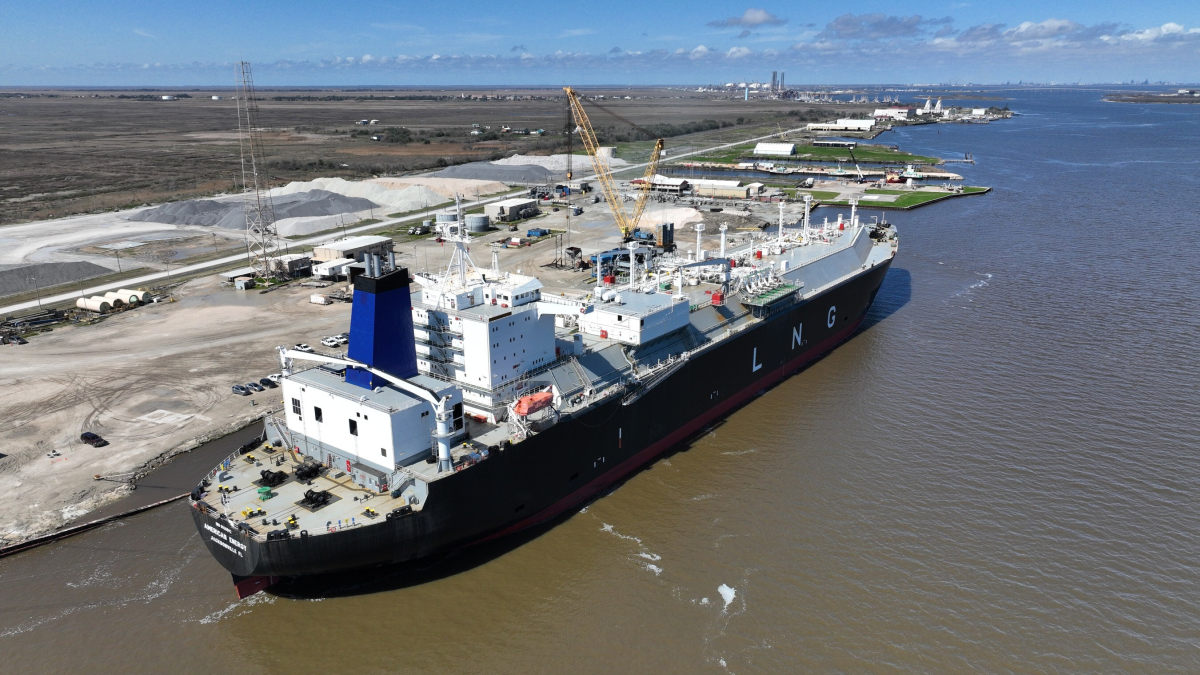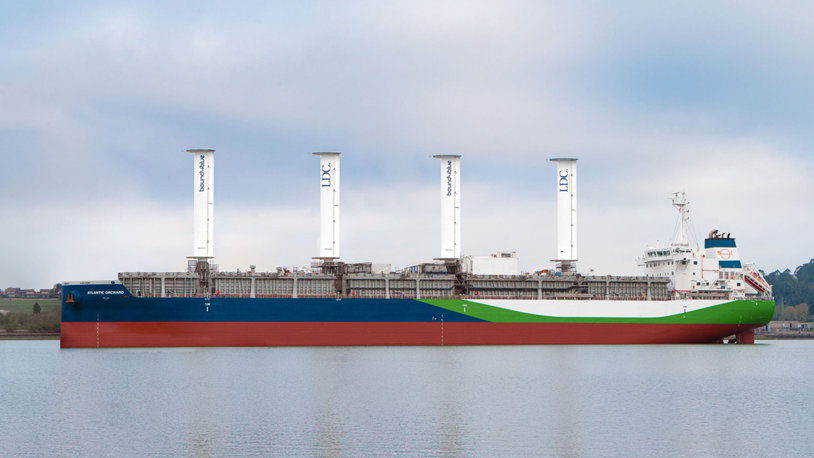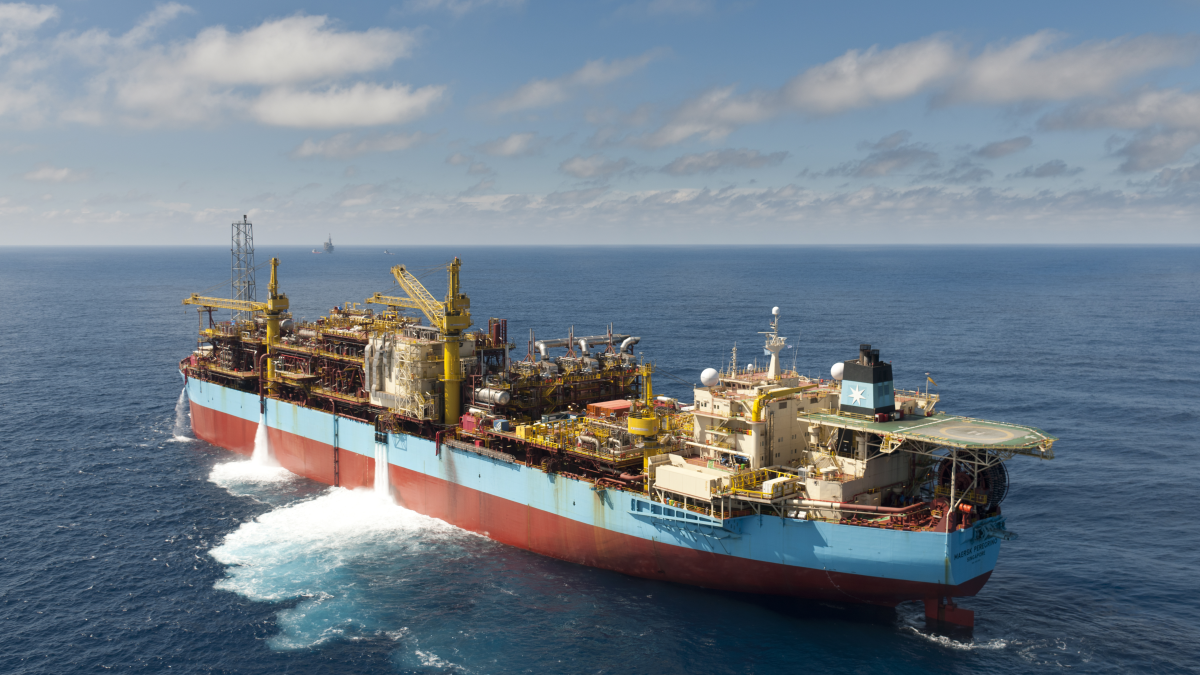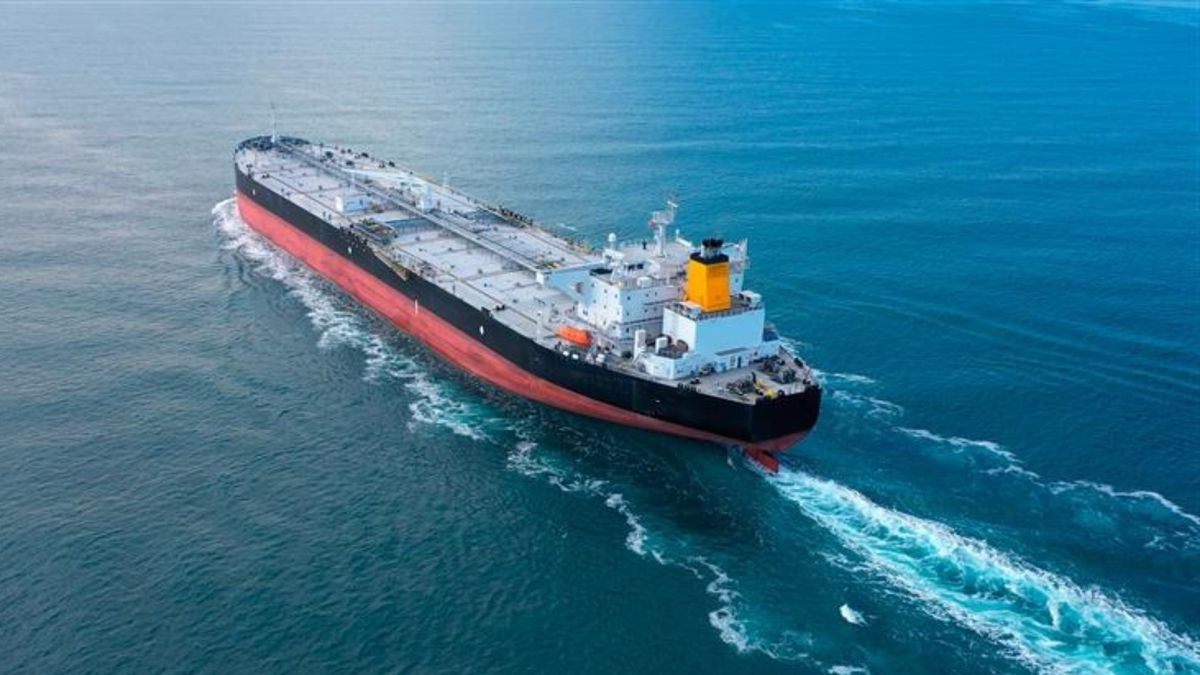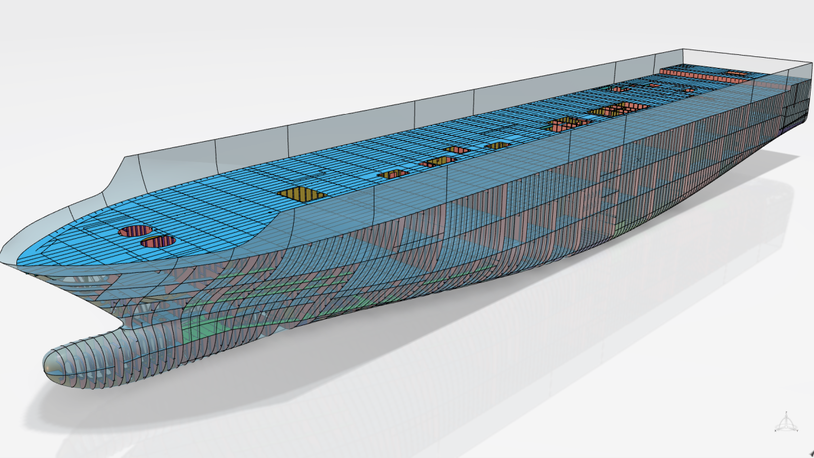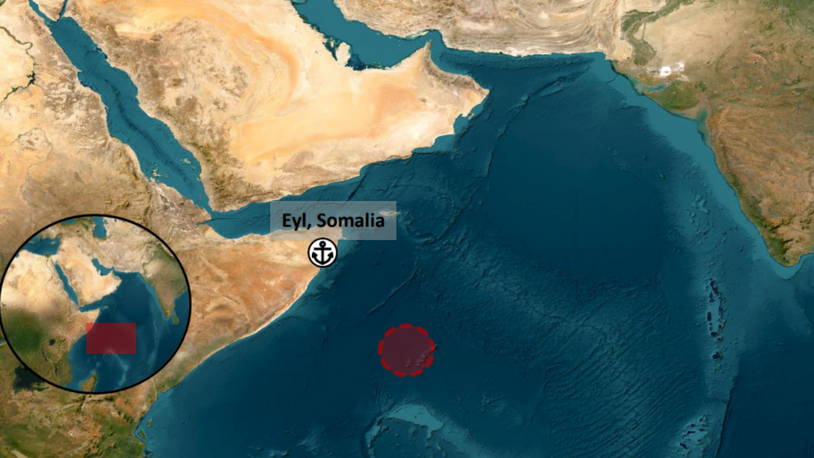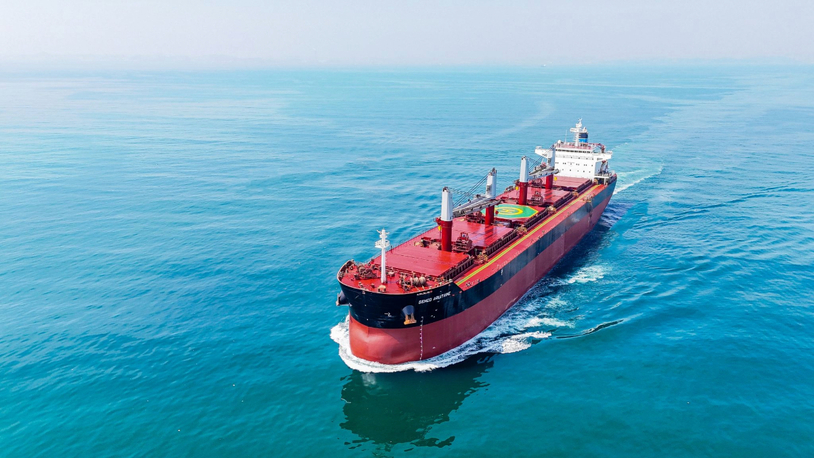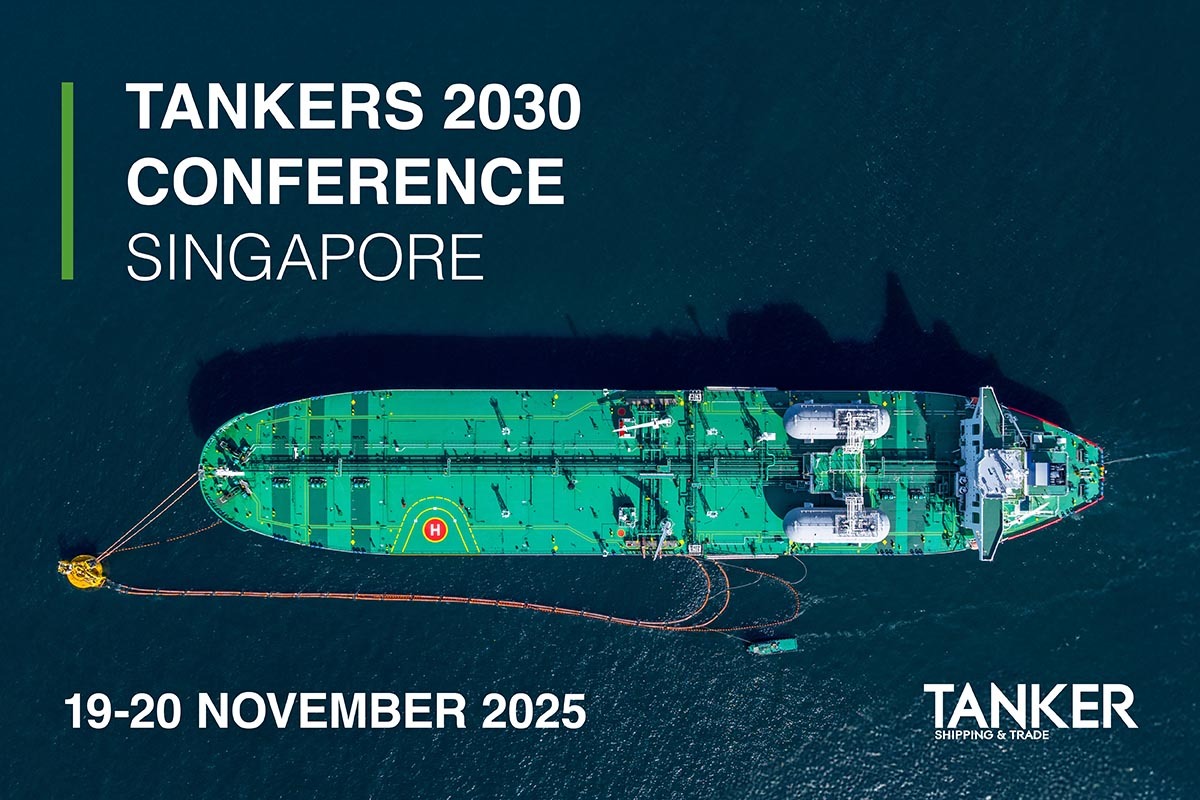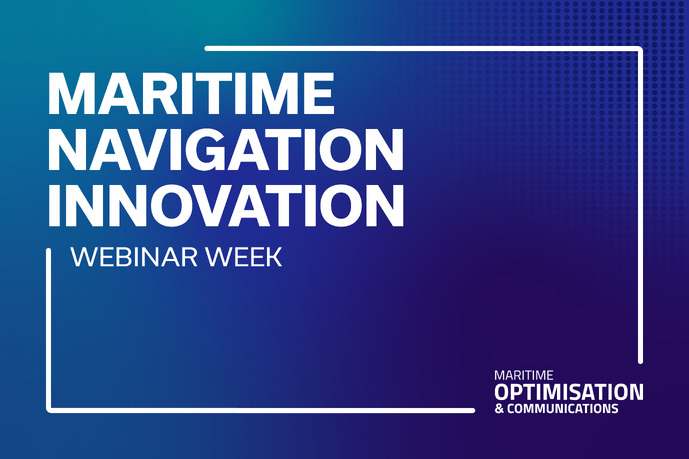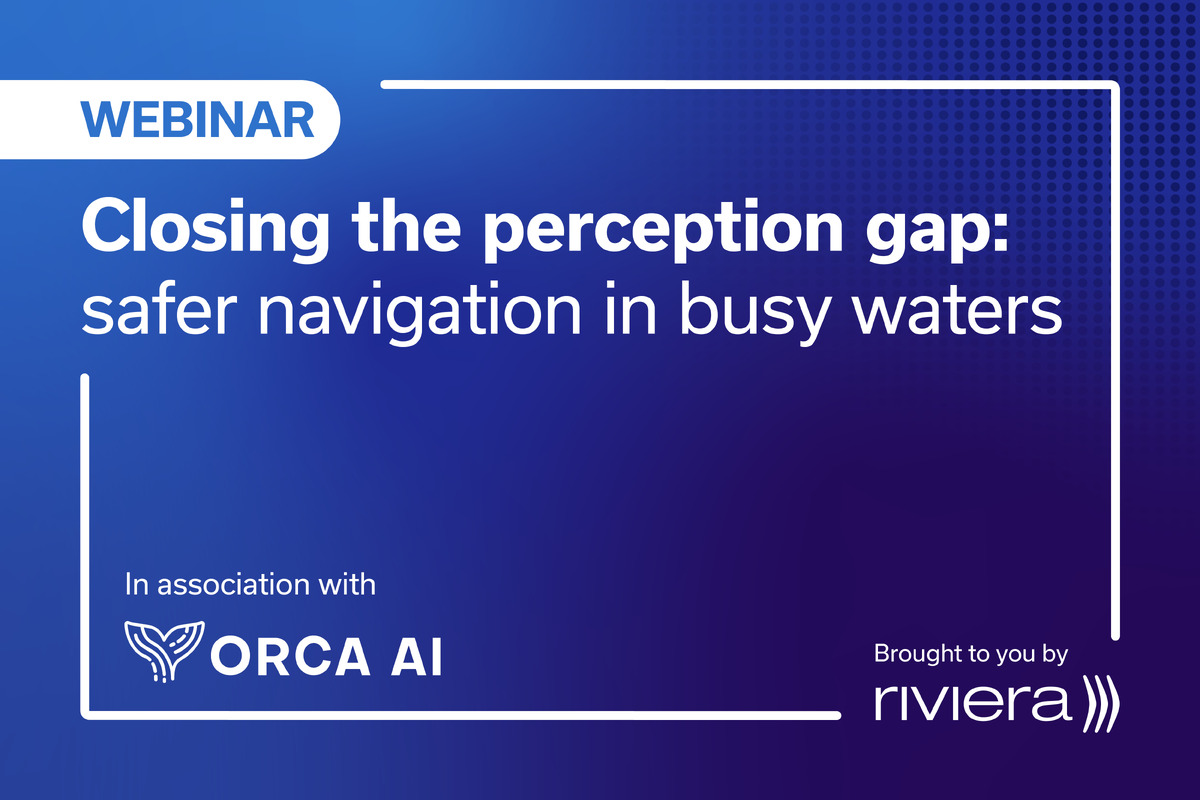Business Sectors
Contents
US follows through on port fees plan, with amendments
Fees on Chinese-built, owned or operated vessels and foreign-built car carriers are set to start in October 2025, while ’limited restrictions’ on LNG transported on foreign-built vessels will begin in April 2028
The United States Trade Representative (USTR), the US’ federal foreign trade agency under the US President’s Executive Office, has published a formal notice of action to implement a new port fee structure for many vessels visiting US ports.
The terms of the notice differ from those outlined in a USTR proposal in February 2025 that was followed by a public consultation period and hearings, and have been expanded in scope.
While the USTR has set explicit dates for the onset of port fees in its notice, the agency has also scheduled another hearing on the actions for 19 May 2025. The USTR notice said comments and requests to appear to testify in person at the hearing must be submitted here by 8 May.
If the port fees structure is not further amended or delayed, fees will begin to be levied on 14 October 2025 for port visits by Chinese-owned, operated or built vessels, as well as vehicle carriers built outside of the US.
As the USTR statement on the process said, "In light of the information obtained during the investigation and taking into account public comments, as well as the advice of the interagency Section 301 Committee and advisory committees, the US Trade Representative determined that China’s targeting of the maritime, logistics, and shipbuilding sectors for dominance is unreasonable and burdens or restricts US commerce and is therefore actionable under Sections 301(b) and 304(a) of the Trade Act."
Fees are laid out in a series of four annexes in the USTR’s Notice of Action and Proposed Action in Section 301 Investigation of China’s Targeting the Maritime, Logistics, and Shipbuilding Sectors for Dominance, Request for Comments.
USTR fee structure outlined
According to the USTR the fees are not cumulative, and the rules, as written, include several limitations and exemptions.
The fees for Chinese-owned or operated vessels that are not vehicle carriers will begin at US$50 per net tonne and will increase, incrementally, to reach US$140 per net tonne in April 2028.
For Chinese-built vessels, fees will begin at US$18 per net tonne and stairstep up to US$33 per net tonne by April 2028.
Container ships will pay the higher total of fees levied against a vessel’s net tonnage or a set of fees calculated per container, beginning at US$120 per container and rising to US$250 per container by April 2028.
For all foreign-built vehicle carriers, the fees will be US$150 per car equivalent unit (CEU).
For LNG exports from the US, a major LNG producer, the USTR notice sets out a gradually increasing requirement to carry cargoes on US-built vessels starting from April 2028 and continuing for 22 years. From 17 April 2028, at least 1% of all LNG intended for export by vessel during each calendar year is required to be exported on a US-built vessel. By April 2047, the percentage will be 15% of all LNG cargoes.
- US plan aims to charge Chinese ships up to US$1.5M per port visit
- US proposal could lead to US$50Bn annual fees, changing the map of global shipping
- Shipping groups urge caution over proposed US port fees
- Chinese-built bulk carriers struggle to secure period charters amid US port fee uncertainty
- Trump looks to restore ‘America’s maritime dominance’
- Revitalising US shipbuilding: Congress needs to step up
Exemptions and limitations to USTR action
In addition to the scheduled hearing on the new USTR fees plan, the rules of the plan include a number of limitations and exemptions.
The list of vessels that are completely exempt from fees include vessels arriving to the US empty or in ballast, some smaller vessels, some specialised vessels, some US-owned vessels, and vessels visitng ports in the continental US on a voyage of less than 2,000 nautical miles. But these exceptions do not apply to the fees on Chinese owners and operators.
The USTR Notice includes a fees exception for US-owned, Chinese-built vessels - when the US entity owning the vessel is controlled by US persons and is at least 75% beneficially owned by US persons. There is no definition of what a US person is or what constitutes beneficial ownership, however.
Under Annex IV, requirements for exports to be carried on US-built vessels apply only to LNG carriers. And LNG carriers are exempt from port fees listed in other annexes.
Annex IV’s rules for carrying a percentage of LNG on US-built vessels can be avoided for a further three years "if the vessel owner orders and takes delivery of a US-built vessel of equivalent or greater LNG capacity, measured in cubic feet".
Similarly, fees on foreign-built vehicle carriers (Annex III) and Chinese-built vessels (Annex II) can be avoided for up to three years if the vessel owner orders and takes delivery of a US-built vessel of equal or larger capacity. Only Chinese-owned or operated vessels (Annex I) do not have the option to order a US-built vessel to avoid fees.
In terms of restrictions on the application of fees, for Chinese-owned or operated vessels and Chinese-built vessels, fees are imposed up to five times per vessel per year. Under a related restriction, fees on Chinese-owned or operated vessels and Chinese-built vessels are assessed only once per sailing for vessels delivering cargoes at multiple US ports.
Foreign-built vehicle carriers do not enjoy the same restrictions or limitations on fees, however, and Annex III’s rules on foreign-built vehicle carriers apply to any non-US-built vessel, not just Chinese-built vessels.
Impact of USTR action, based on current trading patterns
Shipbroker Xclusiv looked at US port data records of vessel calls and determined that the new USTR proposal would impact only a small fraction of vessels: less than 10% of dry bulk vessels calling on US ports and around 5% of tanker calls.
The brokerage’s analysis looked at the USTR action as a strategic trade policy shift as opposed to a market correction exercise, as advertised. Xclusiv called the language in the document vague making the scope and implementation of the policy changes difficult to project, but said the process of compliance could lead vessel owners and operators to find new ways of doing business.
"If these proposals are implemented, they could gradually influence the structure of global shipping trade. Chinese-owned vessels may face increased costs on US routes, potentially creating a competitive edge for non-Chinese ships. This could lead to the emergence of varied ownership arrangements, such as joint ventures or intermediary structures, as companies explore compliance strategies," Xclusiv said.
Changes from the originally proposed port fees plan
In addition to the changes highlighted in the article above, maritime law firm Watson,Farley and Williams (WFW) has compiled a list of changes in their summary on the new USTR fee structure.
- The exception from the fees on small Chinese-built vessels applies to vessels with a capacity of equal to or less than: 4,000 twenty-foot equivalent units (TEU) (relevant for container ships), 55,000 deadweight tonnes (dwt), or an individual bulk capacity of 80,000 dwt. The reference to “individual bulk capacity” appears to mean that dry bulk carriers with capacity of up to 80,000 dwt are exempt, whereas for other vessels the maximum tonnage capacity appears to be 55,000 dwt.
- There are no fees based on the fleet makeup of the owner or operator; the focus is on the vessel itself and its owner/operator.
- The fees on newbuilding orders from Chinese shipyards have been eliminated.
WFW also points out the wording of the USTR port fees rules leave out explicit definitions of some elements, including vessel ownership and operatorship, relying on US Customs and Border Protection Form 1300, which does not include a definition of a vessel’s owner and defines the operator "as the party listed on the Certificate of Financial Responsibility (Water Pollution) unless other verifiable charter or lease arrangement indicates otherwise".
Sign up for Riviera’s series of technical and operational webinars and conferences:
- Register to attend by visiting our events page.
- Watch recordings from all of our webinars in the webinar library.
Related to this Story
Events
International Bulk Shipping Conference 2025
Tankers 2030 Conference
Maritime Navigation Innovation Webinar Week
© 2024 Riviera Maritime Media Ltd.


